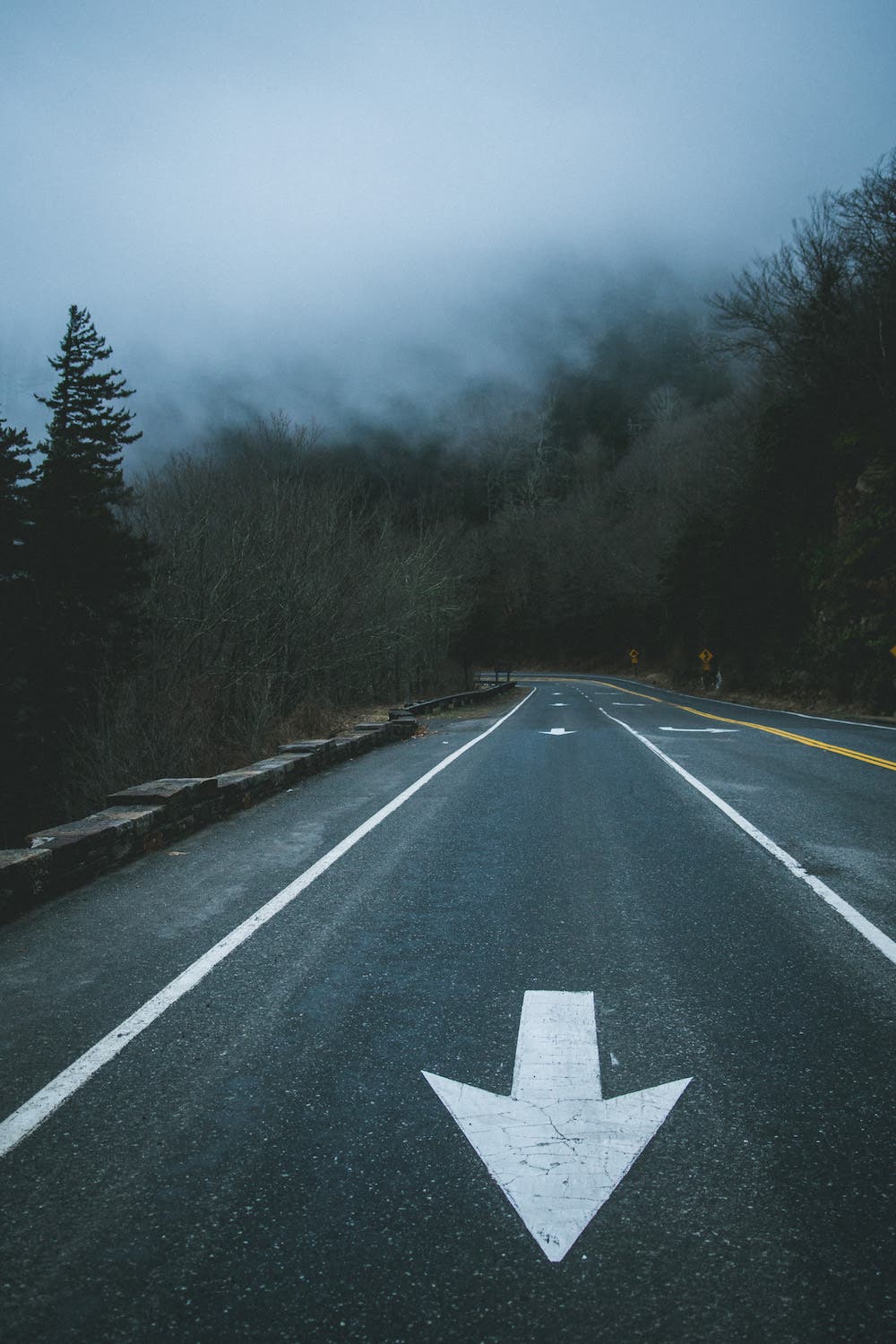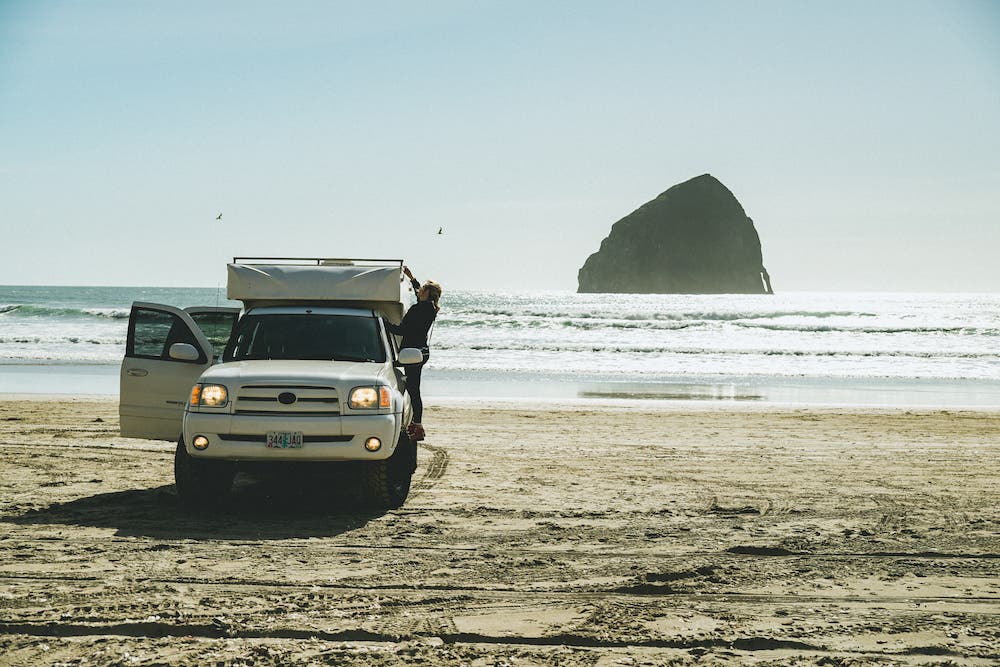As a photographer who does most of his work on the road and on the go, I’ve learned from experience how crucial it is to be prepared so you can maximize your productivity and effectiveness.
There could be days where you don’t see your home office, favorite coffee shop, or productive space, so you have to be able to work well anywhere, at any time. Here are four tips I’ve learned from my trips around the world that have really helped me succeed when photographing and creating on the road.
1. Maximize your time

No matter how well organized or focused you are, when you’re on a trip, you will always feel like there are never enough hours in the day, so it’s important to organize your day into three categories: shooting, post-shooting, and rest.
Start by planning the hours you will shoot. Every location you shoot will have “peak hours” or the prime times to shoot. Normally, mornings and evenings offer the best light and opportunities, but every place is different. When I plan a trip, I know every location’s prime time and every window I plan to shoot, and that is the cornerstone of my schedule.
Next, you need to add post-shooting time. When you’re on the road, you have to be organized and quick. It’s very easy to get overwhelmed if you come back from a trip with thousands of photos on several memory cards. It’s difficult to know where to start.
I’ve learned that after every location and shoot, I’ll take time to organize. Create a unique trip folder on your external hard drive and create subfolders with every location you plan to visit. Be specific with your names and develop an easy system to go back and find photos to edit with when you get home.

It’s also great to have time to go through select images and figure out which photos are your winners and what to focus on. Rename these photos on your computer or hard drive, and always have a way to get back to them. You’ll have time to do some editing, but don’t let editing and post-production consume your thoughts and distract you from your third and final category of your trip, which is to rest.
As a guy who loves to always go, go, go, rest was hard to make time for, especially during the middle of the day when I wanted to edit and look at my work. However, if you don’t take time to rest, you will burn out, become ineffective, and will inevitably slow when you shoot. You’ll miss alarms and not be able to wake up for that sunrise you had planned for months.
My strategy is to plan my rest around the hours of the day that are normally poor or have harsh light, and I allow myself an hour or two to nap or just relax. Normally, this falls after lunch, around noon to 3 o’clock, but it can vary, again, by the location you’re visiting. Just take the opportunity to rest and recuperate. You’ll find that you can shoot much better with less time going and more time resting.
2. Know where you’re going

This is so important. You will have places you shoot that are just off the highway, and others that are 13 miles into the wilderness, on an unmarked 4×4 road with no cellular service. You have to do your research and understand where every destination lies. Take screenshots of maps, coordinates, and directions from travel websites. Become an expert and learn about every place you want to shoot, or you may never get to see them.
3. Always bring extra

I always bring extra of everything that’s needed. I’ll have several batteries fully charged and ready to go, along with a battery pack for my camera to extend and double my battery life. I’ll have multiple memory cards that are formatted and clear of all past work.
You want to have options so your camera is always ready for action. The worst feeling is when you get that “full card” message on your screen or blinking “low battery” symbol right when you’re shooting a beautiful, fleeting moment, and you have no quick option to get back to shooting. Always bring extra of anything that needs it. It’s always better to be safe than sorry.
4. Always pack an external hard drive

Of all the equipment out there, external hard drives are the most underrated. When you start out photographing and creating content on the road, your first gear musts are the obvious ones: camera, lenses, tripod, laptop, memory cards, batteries, backpack… I could go on and on. Then, at the bottom of that checklist lies an external hard drive.
But I’m here to tell you that this piece of equipment is pivotal to success on the road. When you work with RAW images and cameras that shoot at a high megapixel count, you’ll realize quickly how large the files are when you upload them onto your computer. Soon, that lightning fast Macbook Pro you once owned will be running slow as a molasses when you upload more than a thousand of your 36.2 megapixel images into Lightroom. Then you’ll have a useless laptop that freezes and lags when you need it to perform, which slows your creative process down.
You need extra external space where you can dump all your photos, organize them into folders, and then slowly work your way through them, deleting any files you don’t want. Your external hard drive is like the bouncer at the club that lines people up, and let’s only the best photos in to play in Lightroom.
The best thing is that external hard drives are relatively inexpensive. You can get an external hard drive with 1 terabyte of storage (that’s 1,000 gigabytes, a.k.a., a ton of space) for around $50, and if you willing to pay a little more, there are amazingly durable, weather-resistant options that protect against the spills and drops that always happen when you think they won’t. Here are two I recommend, that that offer the space and protection you need:
- G-Technology G-Drive ev ATC External Hard Drive ()
- LaCie 1TB Rugged Mini Portable External Hard Drive ()
Both of these options have models that go up to 4 terabytes —which is more than enough for any job or trip — and protect against water, drops, and excessive pressure. I highly recommend a rugged external hard drive if you want to shoot successfully on the road.

Again, there are several tips out there that can help you improve and succeed at shooting on the road, but these four have been helpful for me to live by, and I believe are crucial to follow if you want to really photograph well while traveling. However, the best part about photography is that you always learn, whether through repetition or by doing something once, and never doing it again.
I’m assuming the road will teach me several new tricks and lessons as I go, but I hope that when you follow these four tips on your next trip, you will experience success.





